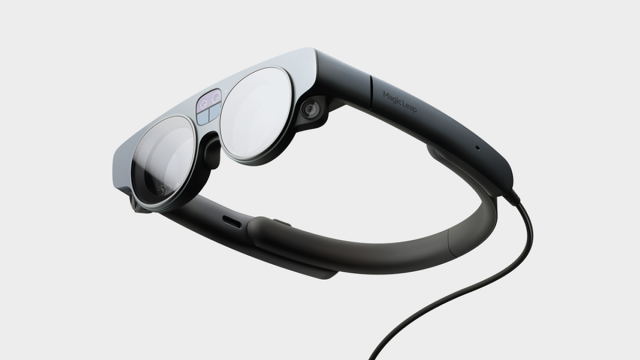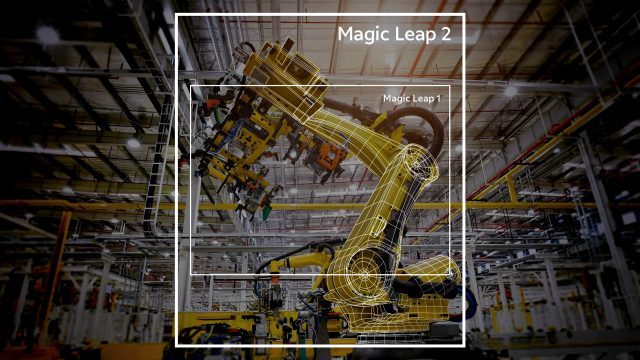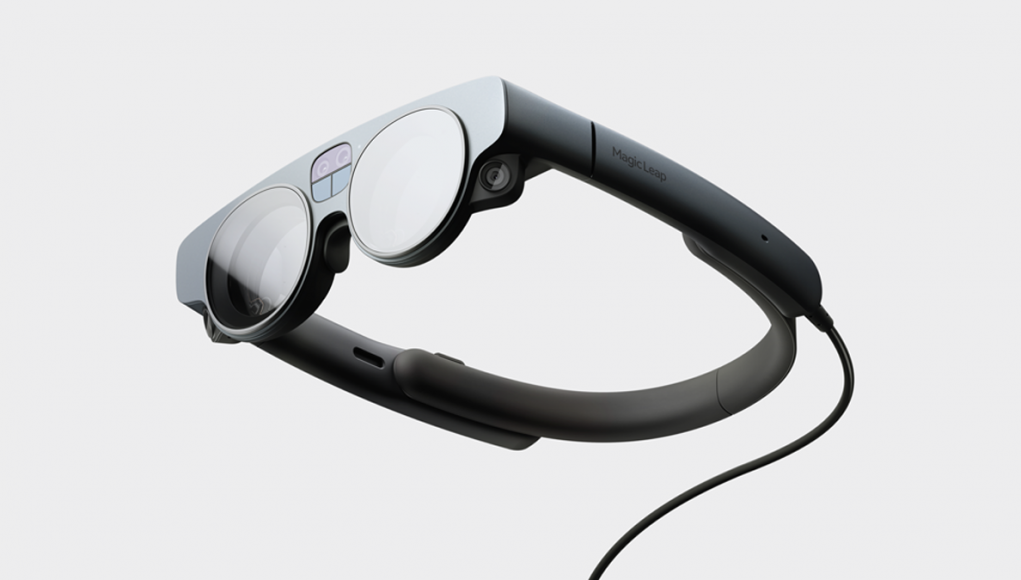Magic Leap today announced that it has raised $500 million in new capital at a $2 billion valuation. This comes ahead of the launch of its upcoming AR headset, Magic Leap 2, which it promises will be smaller, lighter, and tuned to be an “all day” device.
New Capital
Magic Leap CEO Peggy Johnson took to CNBC today during the channel’s Power Lunch show to reveal that the company has raised a $500 million investment at a $2 billion valuation. The company didn’t disclose who participated in the funding round.
Magic Leap had previously raised some $3 billion for its hyped AR headset which didn’t see nearly as much traction as the company hoped for. It nearly fell apart last year, and had gone as far as announcing significant layoffs, before a last minute investment of $350 million allowed it to restructure. Shortly thereafter, Peggy Johnson took over as CEO, replacing founder Rony Abovitz, and began to pivot the company more heavily toward the enterprise sector.
The First Details on Magic Leap 2
Magic Leap 2 will be the first new product from the company since Johnson took the reins. In addition to announcing the new investment today on CNBC’s Power Lunch, Johnson also teased more about the new AR headset.
Most interestingly, perhaps, she said Magic Leap 2 will be an “all day, every day” device, thanks to a more compact and comfortable form factor. This is intriguing because—if “all day” is to be believed—it suggests the headset will have significantly more battery life than the three or so hours of the original Magic Leap headset.
“These updated features lend themselves to achieving our goal of all day, everyday use, which is what the enterprise market has been asking for—a device that you can put on your head in the morning and wear all day long,” Johnson wrote today in a post on the company’s official blog.
It remains to be seen how the company plans to achieve this however. A truly ‘all day’ AR headset would be a breakthrough in the industry, as it would allow persistent and seamless augmentation of the real world, rather than donning a bulky headset for select use-cases. However, Johnson may merely be alluding to the headset being comfortable enough to wear all day, but only if it remains powered off until specifically needed. Alternatively the new headset could now include a swappable battery pack.
But bulk and battery life isn’t the only barrier to true practical ‘all day’ use. In an image of Magic Leap 2 released today we can see that the headset will still bring a notable penalty to one’s own field-of-view, similar to the original Magic Leap headset which significantly truncated the real-world FOV.

Johnson also claimed Magic Leap 2 will include a new “segmented dimming” technology which she says will allow the headset to be practical in brighter environments, like an operating room. She didn’t elaborate on how it worked.
Magic Leap 2 will also feature improved “color fidelity,” “text legibility,” and “image quality,” according to Johnson, as well as “double the field-of-view.” We take this to mean ‘double the area‘ which is less significant than doubling the diagonal field-of-view, but it would be an improvement none-the-less, likely bringing Magic Leap 2’s field-of-view on par with HoloLens 2.

It looks like most of this increase comes, oddly, in the vertical direction, according to a depiction shared by the company, which Johnson claims is the “largest field of view in the industry.”
Magic Leap says it plans to launch Magic Leap 2 in 2022, though it says “select customers” are already using the headset through an early access program.







